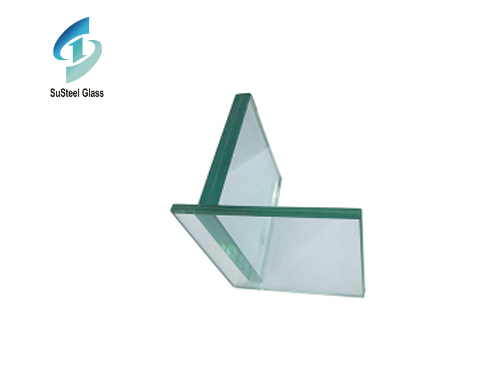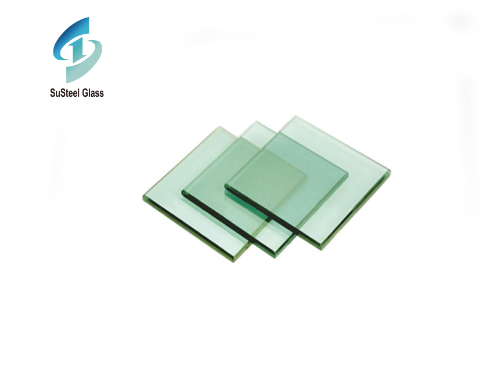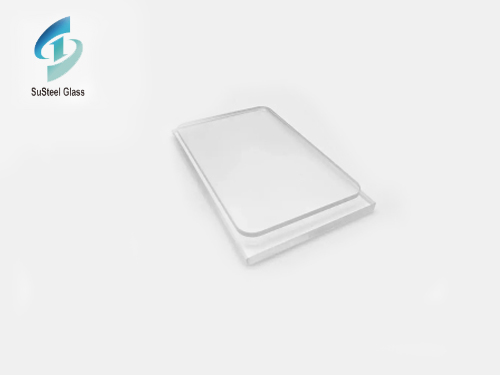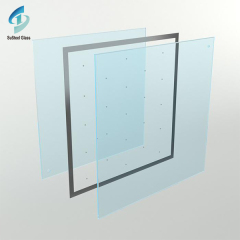
The shading effect of glass curtain wall mainly has the following functions:
The effect of glass curtain wall shading on solar radiation: the thermal insulation performance of the outer envelope is most affected by the shading coefficient. The smaller the shading coefficient, the smaller the solar radiation heat through the outer protective structure, the better the heat protection effect. The shading coefficients of the main Windows are 17% in the west, 45% in the south and 60% in the north, respectively. It can be seen that the effect of shading on shielding solar radiant heat is quite large, and the shading measures set up in glass curtain wall buildings are more effective.
Effect of glass curtain wall shading on indoor temperature: shading has obvious effect on preventing indoor temperature rise, and with shading, the amplitude of room temperature wave is small, the maximum time of room temperature is delayed, and the indoor temperature field is uniform. Therefore, shading can reduce the cooling load of air-conditioned rooms, so for air-conditioned buildings, shading is one of the main measures to save energy.
The effect of glass curtain wall shading on daylighting: From the point of view of natural daylighting, shading measures will block direct sunlight, prevent glare, make the indoor illuminance distribution more evenly, and contribute to the normal work of vision. For the surrounding environment, shading can disperse the reflected light of the glass, avoiding light pollution caused by large area glass reflection. However, due to the shading measures have light blocking effect, adverse in cloudy and rainy days. Therefore, full consideration should be taken in the design of shading system to meet the requirements of indoor natural lighting as far as possible.
 Unveiling the Strength and Versatility of Laminated Glass: Exploring Material Properties
Unveiling the Strength and Versatility of Laminated Glass: Exploring Material Properties
 Enhancing Safety with Blast Resistant Glass: Innovations, Applications, and Protective Solutions
Enhancing Safety with Blast Resistant Glass: Innovations, Applications, and Protective Solutions
 Painted glass has emerged as a captivating medium for interior design
Painted glass has emerged as a captivating medium for interior design
 The Beauty and Utility of Thin Glass Sheets: Applications and Advantages
The Beauty and Utility of Thin Glass Sheets: Applications and Advantages

